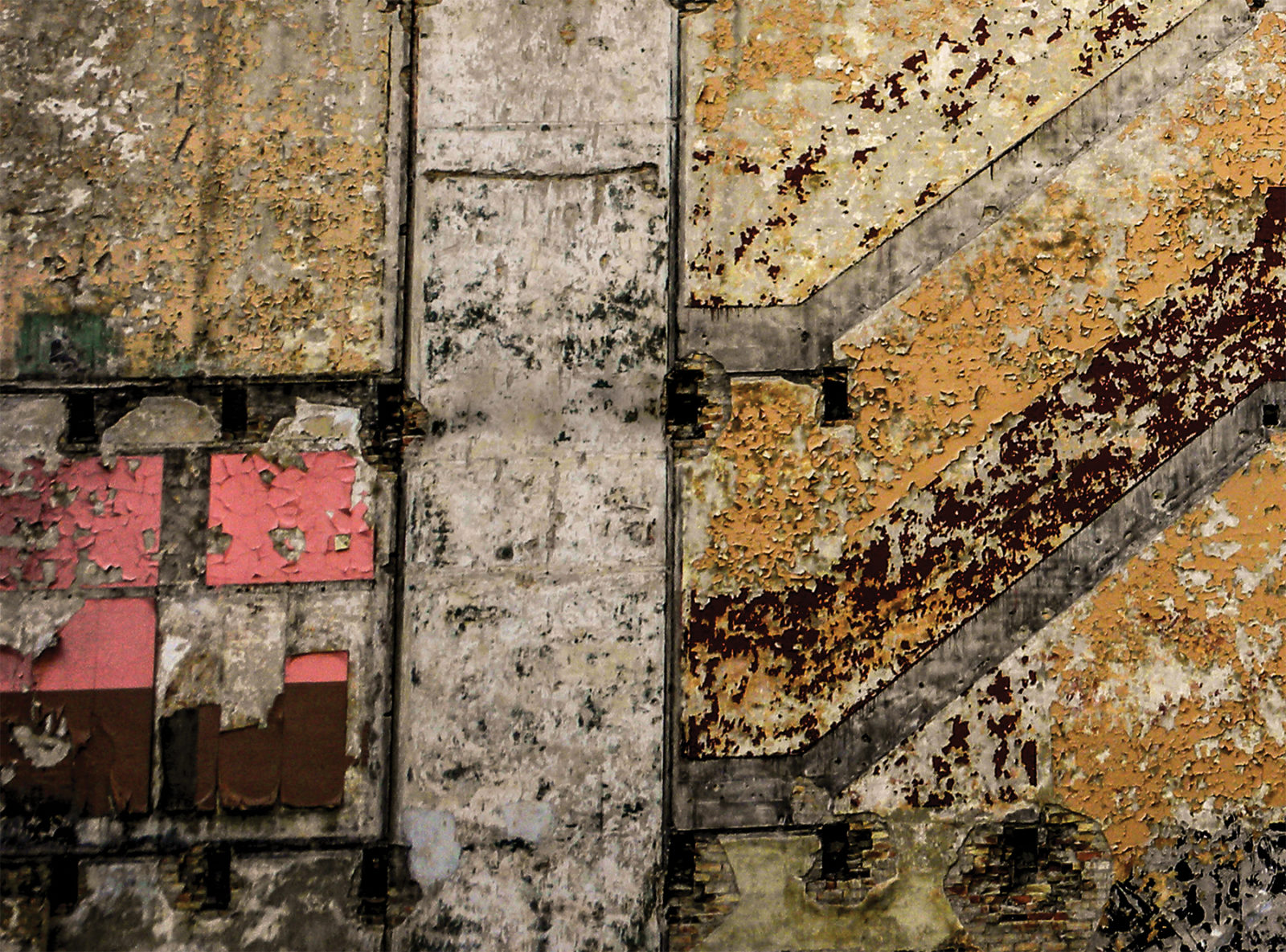Let’s face it: all human-built objects are temporary. Our buildings, our roads, our infrastructure will be on this planet for only a limited period of time. Still, that period has a wide range. The Grand Bazaar in Istanbul has been used and useful for close to 600 years. The big box store on the strip outside any American city is likely to be used for less than 20 years, which, in the scheme of things, is very temporary indeed.
Short-lived architecture is the new norm, but it has a serious downside. The environmental impacts from material consumption and the waste associated with a building’s construction and demolition are an increasing cause for concern, and with good reason: The short service life of buildings is a major contributor to global warming.

The reason for a building’s demolition is rarely its deterioration. Changing cultural expectations — more space and a different type of space — and economic conditions regarding land use are more likely the primary drivers. Demolition is most prevalent in urban areas where increasing population and economic incentives make the replacement of smaller, existing buildings with new, larger buildings advantageous financially. In Japan, the typical life span of office buildings is between 23 and 41 years, and the average life cycle of wooden residential houses is 14 to 17 years. A large study of residential buildings in the United Kingdom found 46 percent of demolished structures fell in the 11- to 32-year range. The story is hardly better in the United States: The Brookings Institution projects that some 82 billion square feet of existing buildings will be demolished and replaced before 2030 — roughly one-quarter of today’s existing building stock.
Humans are consuming resources and producing waste at a greater scale than ever before, and per capita consumption levels are projected to increase with continued development. The building sector, according to the United Nations, is responsible for one-third of all material consumption and waste in the world. Can we, if environmental stewards, afford to build and rebuild our cities and buildings? And if buildings are to be temporary, used for only decades instead of centuries, should we, can we, build in a completely different way?

Ideally, we would use an object for as long as possible. But a building is constructed in sections, and its component parts can still have long lives even if the overall structure is damaged or destroyed. The best way to make new buildings reusable is to provide a robust structural system with a column grid and generous floor-to-floor dimensions. This allows for any perceived use that might arise in the future. In Stewart Brand’s seminal book, How Buildings Learn, he describes buildings with layers, from the interior walls and ceilings to hidden building systems and exterior cladding. Each layer has a unique service life, but the most durable is the structural system. Brand’s concept of “Long-life, loose-fit” can apply to the most mundane of buildings, such as the many 19th-century mill buildings turned into housing or the transformation, in London, of the Bankside Power Station into the Tate Modern art museum.
Adaptive reuse of buildings does not eliminate the waste stream, but it does start to change the paradigm with recognition that buildings are resources and that building materials have value. A new term, “urban mining,” is beginning to be used to describe the repurposing of building materials as an alternative to recycling or pure demolition and addition to landfills. Urban mining focuses on component reuse. Reusing a prefabricated concrete panel almost eliminates its global warming impact compared with using a new panel, and it’s even better than recycling the same panel, a process that requires substantially more energy.

The ability to mine buildings for materials and apply component reuse requires new ways of constructing buildings to facilitate deconstruction. Just as we have construction documents, we will need to develop deconstruction documents. Buildings designed for deconstruction will have mechanical, electrical, and plumbing systems that are easy to disentangle. They will avoid binders, adhesives, and coatings that preclude separation and reuse of materials. Attachment systems will be reversible, unlike the nailing and drilling that currently may render materials unreusable or unrecyclable. The website of the US Environmental Protection Agency provides guidance on how to design for deconstruction, actual deconstruction case studies, and resources available in different communities. For the good to the environment, we should be using buildings for as long as possible, and temporary architecture runs counter to this need. But urban mining offers a way to use and use again the component parts of a building — a kind of serial temporary use that over time can add up to quite a long service life. If we design thoughtfully and intentionally, we can bequeath a flexible, adaptable built world — a true gift to future generations.

